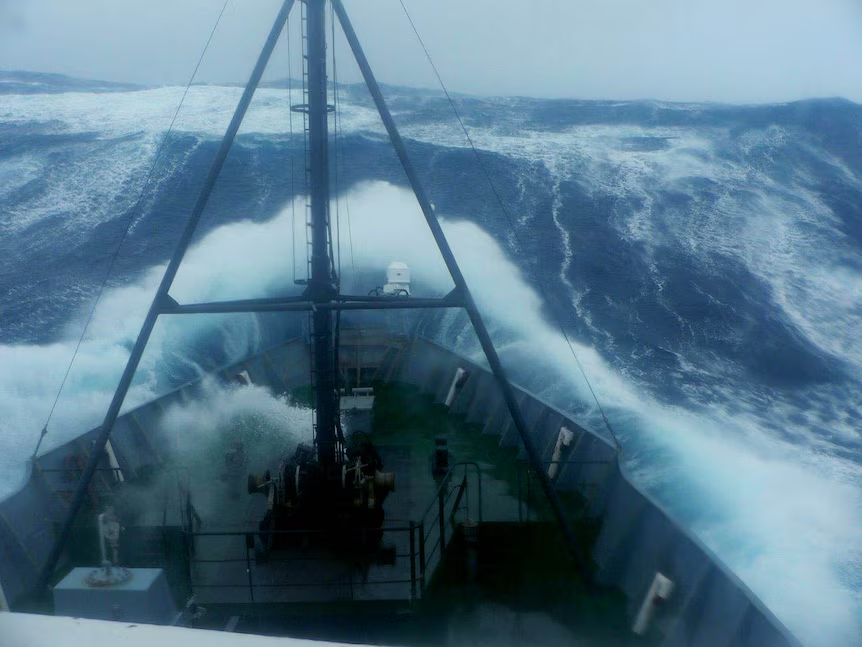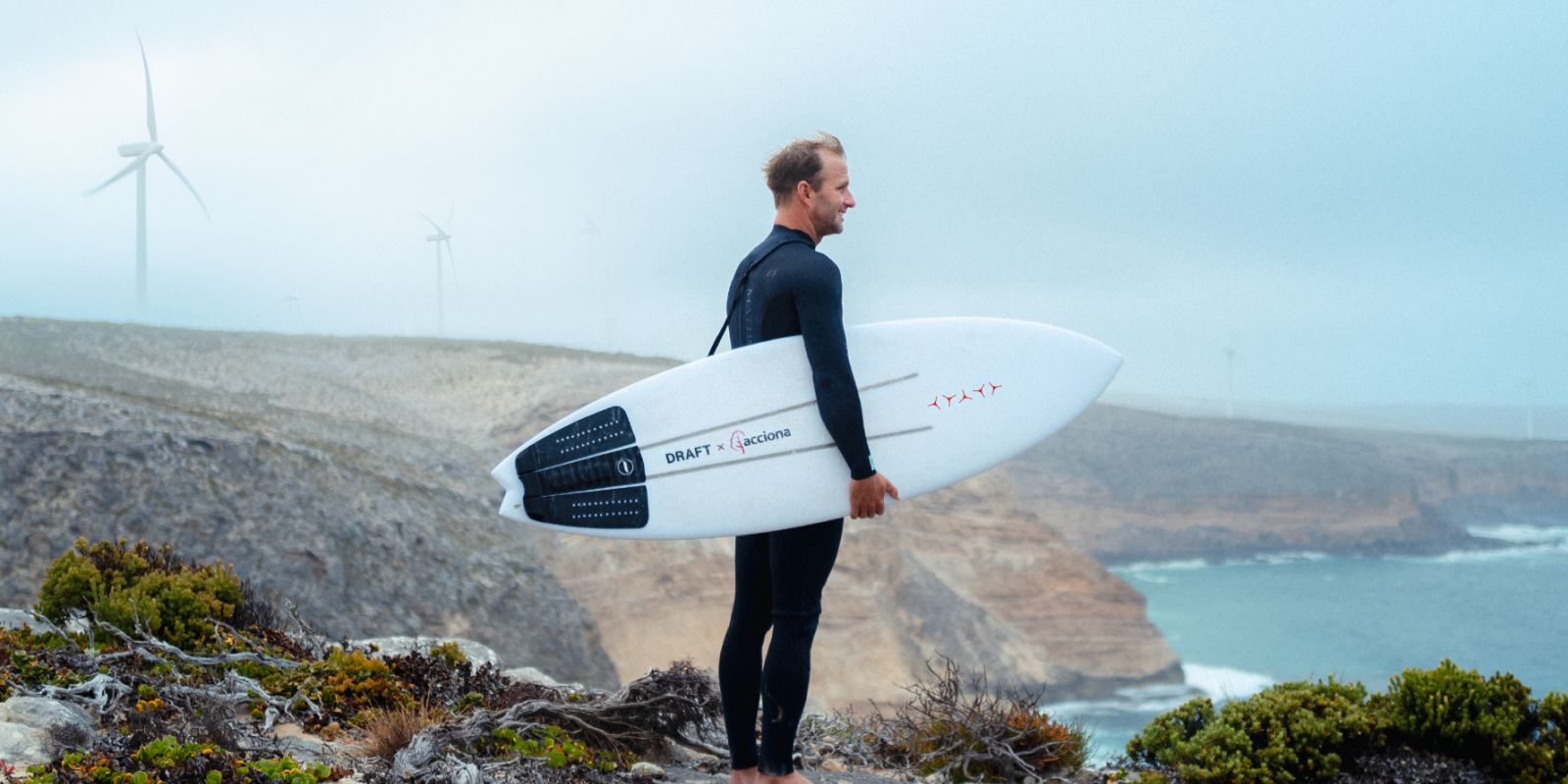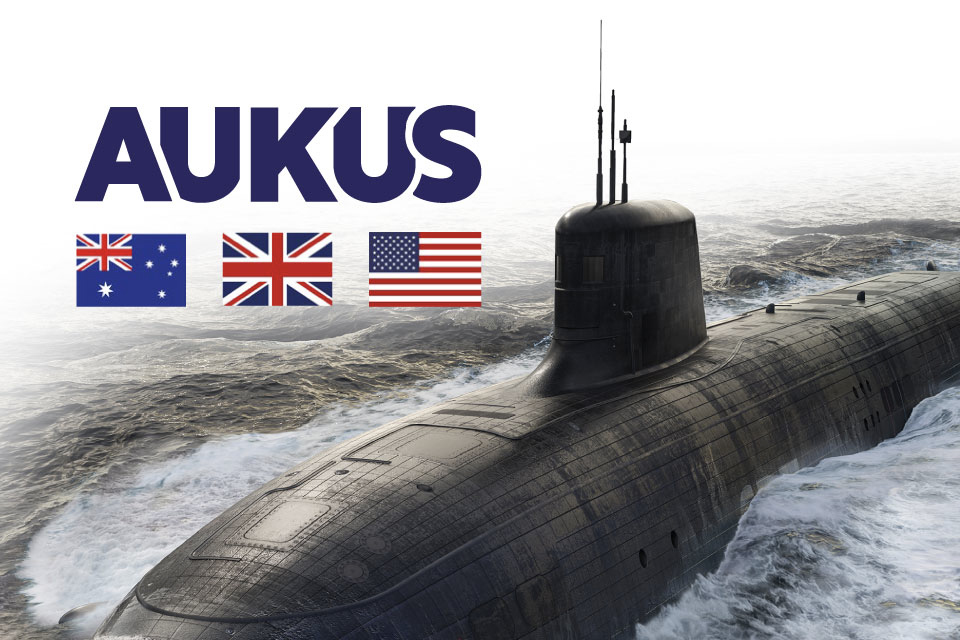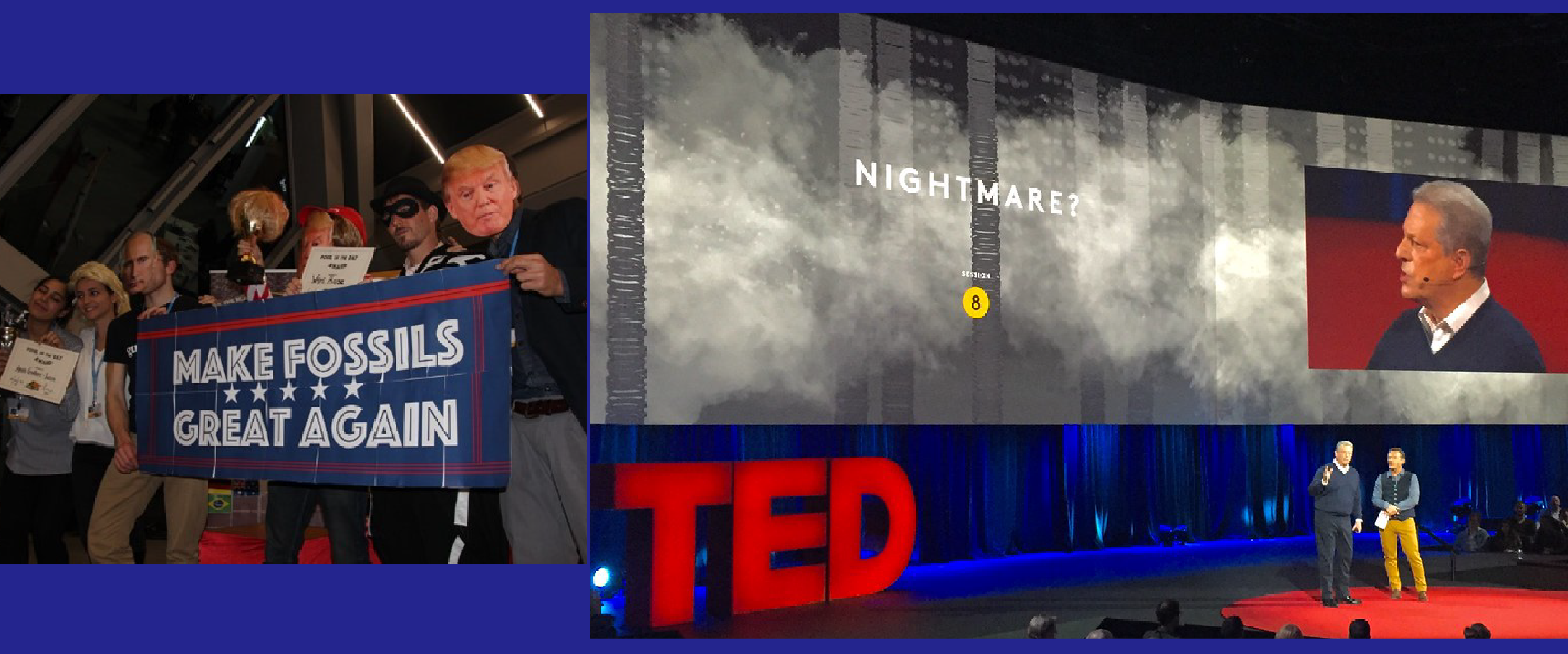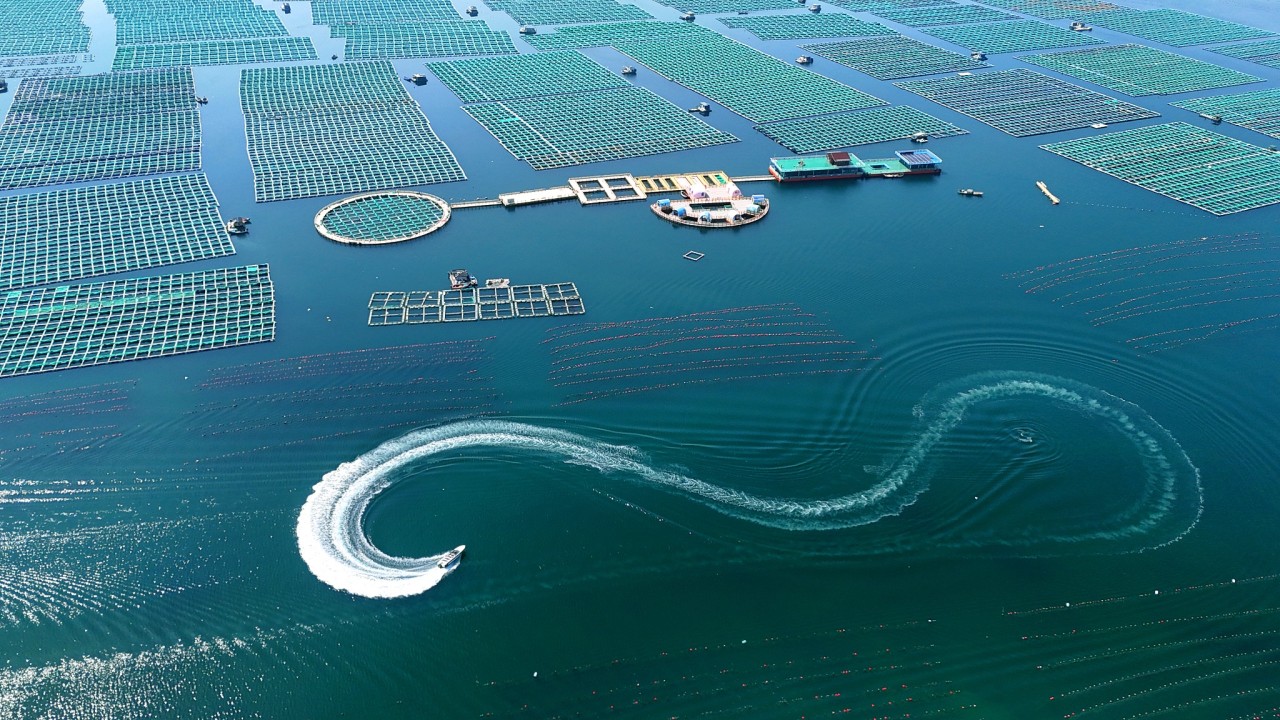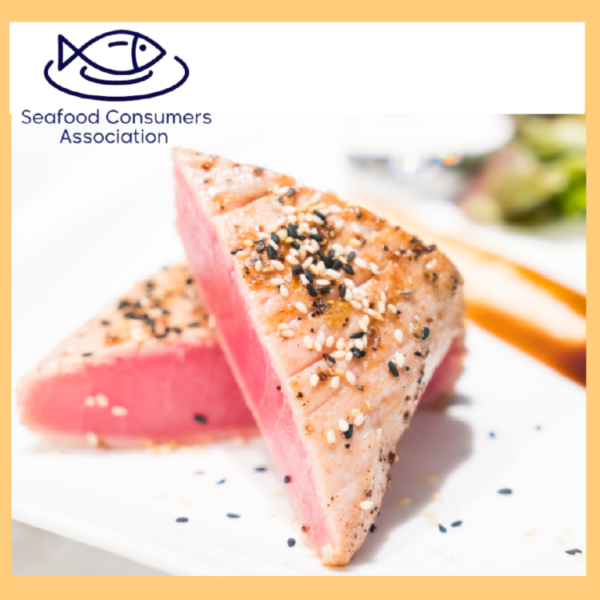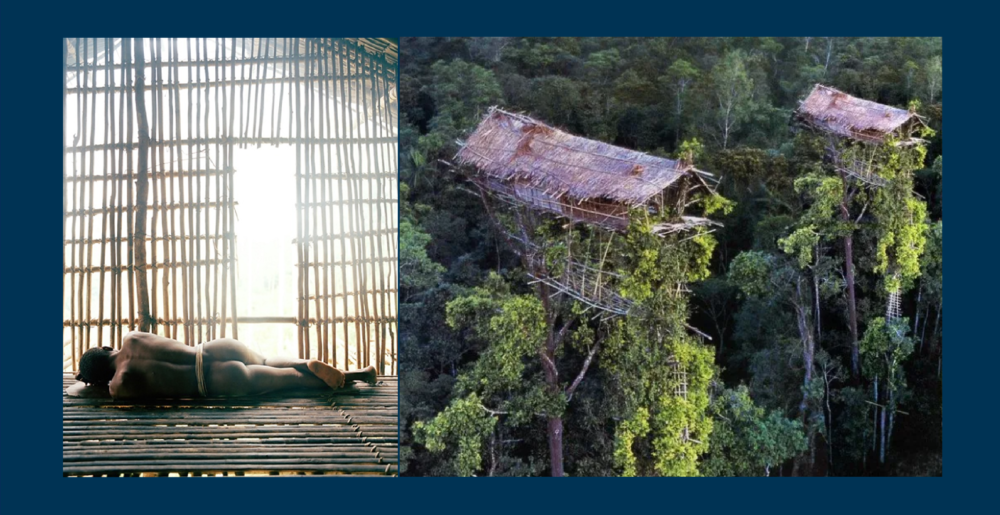Since the 18th century, when humans first began commercial hunting in the Antarctic’s Southern Ocean, many species have been hunted and fished to near extinction due to commercial activities – threatening the survival of the whole Southern Ocean ecosystem, as well as undermining the conservation work of the Commission for the Conservation of Antarctic Marine Living Resources (CCAMLR)
Image Credit: Dylan Skinns
Patagonian toothfish and mackerel icefish are targeted in areas of the Australian fishing zone adjacent to Heard Island and McDonald Islands (about 2000 nm south-west of Perth) and Macquarie Island (about 800 nm south-east of Tasmania) in these remote volcanic islands.
Toothfish is a long-lived species, living for more than 50 years and reaching more than 2m in length and 95kg in weight. Its main predators are sperm whales, sea lions and elephant seals. As the fish grow, they move to deeper waters. Most toothfish fisheries have seasonal closures to minimise risk to vulnerable seabird populations that reside on these sub-Antarctic islands, in addition to other stringent seabird mitigation requirements. One of the success stories within the toothfish industry is the dramatic reduction of seabird bycatch that CCAMLR considers ‘near zero levels’.

CSIRO: cMattCurnock
But accordingly to Australian Government Fisheries Management Authority, both species are currently not subject to overfishing and are not overfished.
In July 2024, a proposal recommending expanding this marine reserve by over 300,000 km2 – an area larger than Italy and almost 90% of Australian territory around the islands, quadrupling the size of the Heard and McDonald Islands marine park. This proposal would increase Australia’s marine protected areas to more than half of Australian oceans. the Australian Government committed an extra $17.6 million for targeted marine science and environmental management voyages in the Southern Ocean, including a planned management visit to Heard Island and McDonald Islands in 2025-26, protecting more oceans around the island and seals, albatross and whales, that call these oceans home.
Australian Minister for the Environment and Water, MP Tanya Plibersek said,
“This proposal would mean protecting additional oceans the size of Italy and bring half of Australian oceans under protection, while allowing the sustainable fishing industry to continue”.
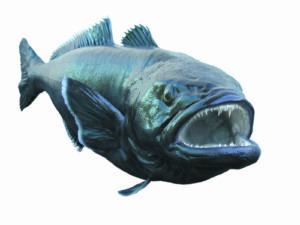 Patagonian toothfish (Photo: Glenn Jacobson)
Patagonian toothfish (Photo: Glenn Jacobson)
Toothfish, also known as Chilean seabass, live in deep waters in the southern oceans near Antarctica. The majority of the Toothfish are caught by Australian boats and sold overseas to Chinese and US markets. Though unattractive whole, when filleted the fish yields a large firm very white piece of flesh with no pin bones, an indication of why it is so popular and valuable to fisheries, especially as a frozen product.
Toothfish have long been studied for their ability to produce anti-freeze proteins that keep their blood from crystallising in the Southern Ocean, where water temperatures can dip below zero.
Enforcing fishing regulations around Heard Island and McDonald Islands, despite their remote location, involves several strategies. Here are some key methods:
- Satellite Monitoring: Vessels are tracked using satellite technology. This helps authorities monitor their movements, fishing activities, and compliance with regulations.
- Vessel Monitoring Systems (VMS): Fishing vessels are required to have VMS installed. These systems transmit real-time data on vessel positions, allowing authorities to detect any unauthorized fishing.
- Patrols and Surveillance: Regular patrols by Australian fisheries officers and naval vessels help deter illegal fishing. They inspect vessels, verify catch records, and ensure compliance.
- Catch Documentation: Vessels must maintain accurate catch records. Inspections verify these records against actual catches to prevent overfishing.
- International Cooperation: Australia collaborates with other countries and regional organizations to share information and coordinate enforcement efforts.
Despite the challenges, these measures contribute to sustainable fisheries management in this unique and ecologically important area.





